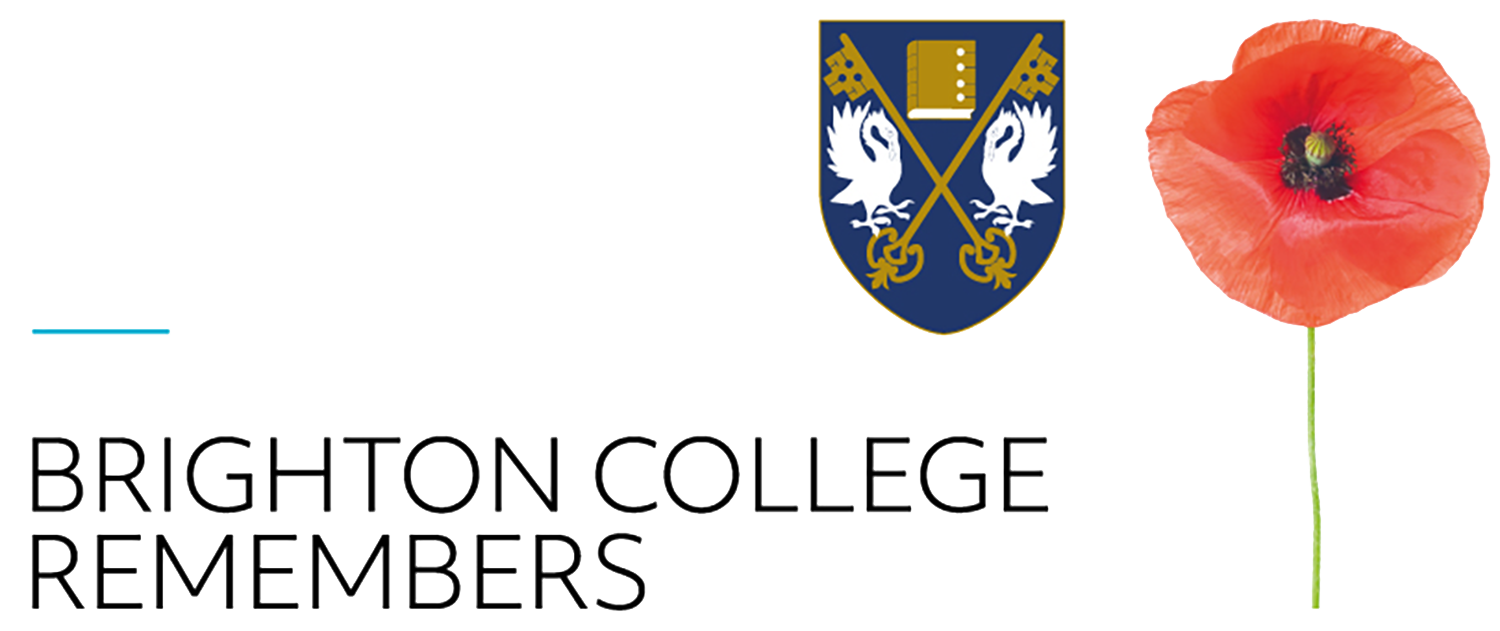Lieutenant, Essex Regiment
Born: June 14th 1886
Died: 26th March 1917
Age at Death: 30
Killed in action, Mesopotamia, 26th March 1917
BC Register: Son of F.W. Bartley of Brighton.
Son of Frederick W. and Clara M. Bartley, of "Lowen Lodge," Surlingham, Norwich. Born at Great Dunmow, Essex.
Grave Reference: II.G.9. Gaza Cemetery
Headstone engraving: "Marching to the promised land" from Mrs C. M. Bartley, The Busy College, Harlow, Essex.
A donation to the memorial statue has been made in honour of this soldier by Scott & Sandra Clark.
"To the boys who gave their lives so that our boys and girls can live their dreams."
A further donation has been made by Jack Dixon, Hampden House.
Frederick John Bartley
Born on 14 June 1886 in Great Dunmow, Essex Frederick John Bartley was the son of a brewer, called Frederick William Bartley. His family background is interesting in that illustrates a number of the prevailing social trends such as the move from the country to the town, the shift from artisanal trades to commerce and the capacity in late Victorian England for the shrewd to take advantage of these trends and climb quite significantly up the social scale.
In 1884, Frederick Bartley senior married, astutely perhaps, Clara Mabel Randall the daughter of the brewery owner Mary A Randall. Although this undoubtedly represented a step up the social hierarchy and towards property ownership and away from being mere employees for the Bartley family the advance gained should not be overstated- it was just a local brewery which supplied the White Lion pub next door. The real advance towards wealth took place later when the family moved to Norwich and Frederick Bartley senior left brewing for the more lucrative profession of stock- broking. This second career was clearly successful because, on his death in 1918, Frederick Bartley Senior left the then not inconsiderable sum of £11,170 to his wife.
Part of this sum was the holiday home in Rottingdean in Sussex to which the widowed Clara moved in 1918. It is the existence of this holiday home which presumably explains the otherwise inexplicable decision to send their son Frederick John to a school as far away from East Anglia as Brighton College. Fredrick John went to Brighton College between 1900 and 1904 and, it appears, had a relatively undistinguished school career. However, after leaving school he, like his father became quite a successful businessman as an auctioneer who employed two staff based, once again, in East Anglia.
It can be surmised that he joined the Territorial Army prior to the outbreak of war, as opposed to volunteering as part of Kitchener’s new battalions, because it appears that he was commissioned into the 1st/5th Territorial battalion of the Essex Regiment. Along with a number of other territorial battalions of the same regiment, Bartley’s unit was incorporated within the 161st Brigade of the 54th East Anglian Division before its despatch to the Egyptian theatre in May 1915. Kitchener, probably without justification, did not have a high opinion of the territorial units and therefore they were much more likely to be posted to ‘softer’ theatres such as the fight against the Ottoman Empire in the Middle East.
There is no doubt that, notwithstanding the searing heat and the Omni-present threat of tropical diseases, service in the Middle-Eastern theatres of Palestine/Egypt and Mesopotamia was less stressful and involved less risk to life than the Western Front. However, the very fact that several Old Brightonians were indeed killed in those theatre indicates that a lessened risk does not mean no risk at all!
Having been posted to Egypt the 54th Divisions initial duties were to guard the Suez Canal from possible Ottoman attack. However in 1917 the Egyptian Expeditionary Force, now under the command of General Allenby began its attack on Palestine and it was in the early stages of that offensive that 2nd Lieutenant Bartley lost his life during the assault on Mansura Ridge in the Battle of Gaza on 26th March 1917. The regimental history records that on March 26/27 1917:
‘The 1st/5th Battalion of the Essex Regiment suffered severe casualties in a heroic attempt to subdue the enemy and capture Mansura Ridge, known as “Green Hill”’. Casualties listed for the battalion included 9 officers (a further 9 were wounded) and 56 men killed (a further 63 were recorded as wounded or missing). Given that at the time the standard complement of officers for a British infantry battalion amounted to 34 (and about a thousand men) the casualty figures starkly illustrate the extremely high attrition rate suffered by junior officers such as Bartley in the course of major attacks and the way in which they were expected to willingly lead from the front.
Source: LEST WE FORGET PROJECT, Brighton College 2014-15

